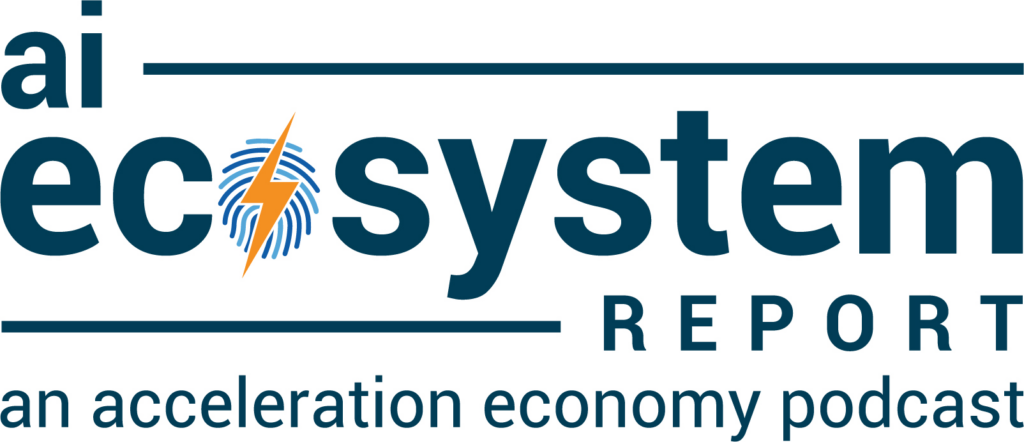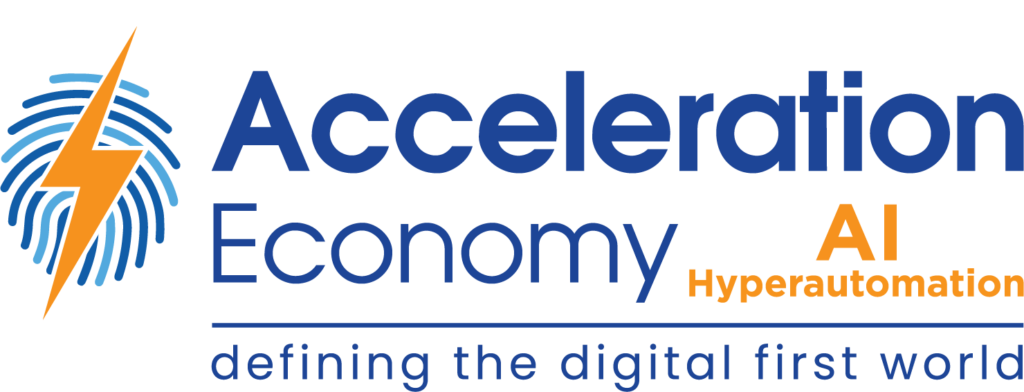Highlights
00:15 — Do cybersecurity and artificial intelligence contradict each other? From one perspective, AI can be considered a risk, as it can allow for bad actors to create sophisticated AI models for cyberattacks. On the other hand, AI can be used as a predictive tool to identify threats before they happen.
00:41 — For example, Microsoft Sentinel is an investigative AI tool that recognizes threats and suspicious activities at scale.
00:51 — Additionally, the Department of Homeland Security is using AI and ML to strategically fight cyber warfare with three main goals:
- Drive next-generation AI/ML technologies for homeland security capabilities
- Facilitate the use of proven AI/ML capabilities in their own homeland security missions
- Build an interdsciplinary AI/ML trained workforce
01:37 — Traditional notions of data scientists using AI to understand data analysis and for deep learning have shifted. Now, AI is being democratized with low-code/no-code as well as deployed as a proactive tool.
02:36 — In the future, AI is projected to continue to grow across public and private sectors in various industries, especially to identify cybersecurity threats and prevent cyber warfare.
Looking for real-world insights into artificial intelligence and hyperautomation? Subscribe to the AI and Hyperautomation channel:








